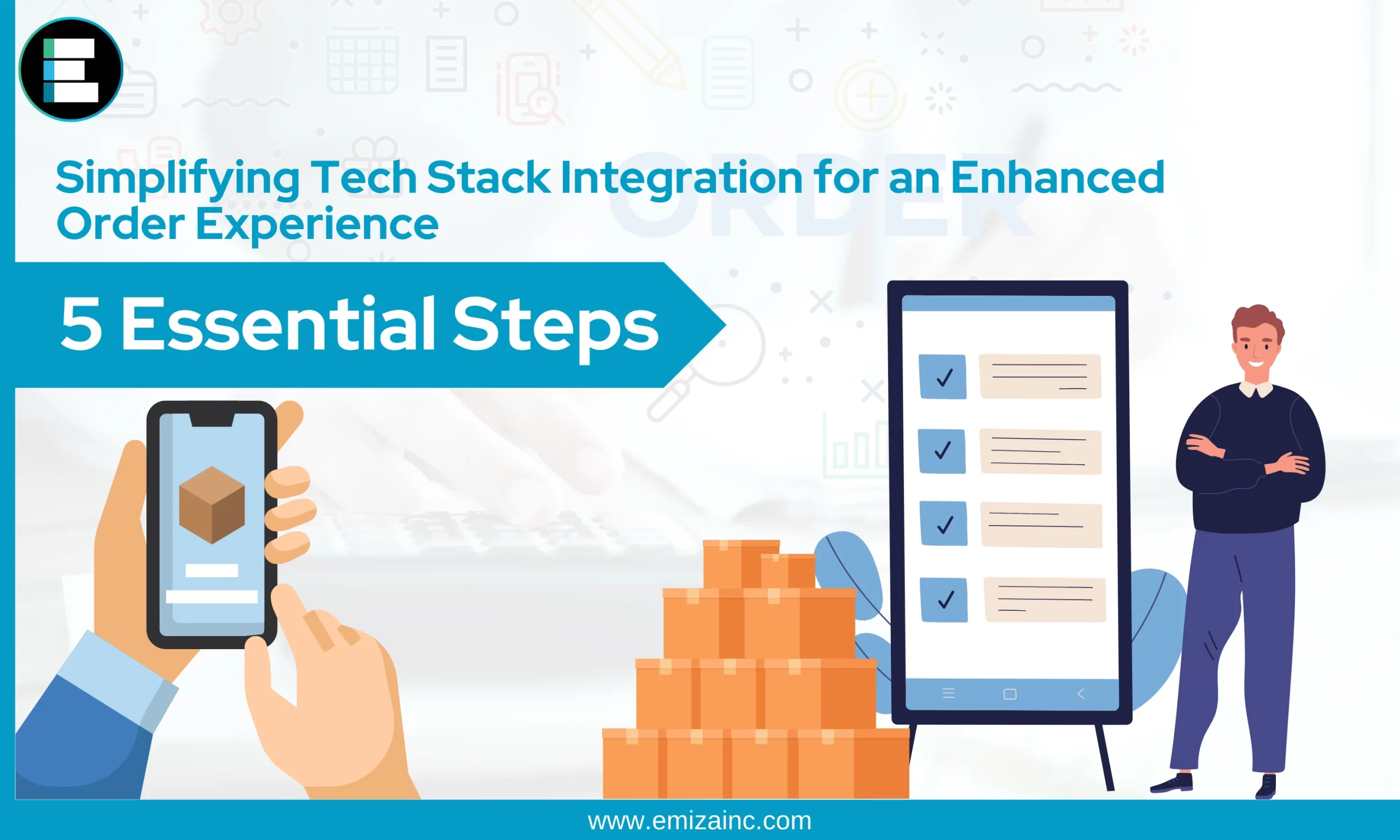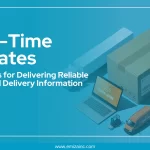In the world of direct-to-consumer (D2C) businesses, delivering an exceptional order experience is paramount for success. To accomplish this, seamless integration at a unified portal of your tech stack is crucial. An integrated tech stack facilitates efficient order management, streamlined processes, and heightened customer satisfaction. In this blog, we will delve into five essential steps that simplify tech stack integration, empowering business owners to provide an outstanding order experience.
Step 1: Define Your Objectives and Requirements
Before diving into tech stack integration at a unified portal, it’s essential to clearly define your business’s objectives and requirements. Ask yourself the following questions:
What specific outcomes do you want to achieve through tech stack integration?
What functionalities do you need to streamline your order management process?
Are there any existing systems or platforms you want to integrate?
By identifying your goals and requirements, you can better evaluate potential solutions and ensure that your tech stack integration aligns with your business needs.
Step 2: Choose a Centralised Order Management System (OMS)
A centralised OMS acts as the backbone of your tech stack integration, enabling seamless order processing and management across various channels. Look for an OMS that offers the following features:
Omnichannel capabilities: Ensure the system can handle orders from multiple sales channels, such as your website, marketplaces, and social media platforms.
Inventory management: Opt for an OMS that provides real-time inventory visibility, allowing you to efficiently manage stock levels and prevent overselling.
Order tracking and fulfilment: Look for features that enable you to track orders throughout the fulfilment process, from picking and packing to shipping and delivery all at a unified portal.
Integration capabilities: Choose an OMS that easily integrates with your existing systems, such as your e-commerce platform, CRM, and shipping carriers.
Step 3: Integrate E-commerce Platform and OMS
Seamless integration between your e-commerce platform and OMS is crucial for efficient order management. Consider the following integration aspects:
Data synchronisation: Ensure that customer and order data is synchronised in real-time between your e-commerce platform and OMS. This allows for accurate order processing and inventory management at a unified portal.
Automated order import: Set up automated processes that import orders from your e-commerce platform directly into your OMS. This eliminates manual data entry and reduces the risk of errors.
Status updates and notifications: Enable real-time updates and notifications between your e-commerce platform and OMS to keep customers informed about order status, tracking information, and shipping updates.
Step 4: Seamless Integration with Shipping Carriers
Integrating your OMS with shipping carriers simplifies the shipping process and improves order fulfilment. The integration is even efficient at a unified portal. Consider the following integration aspects:
Carrier selection: Choose an OMS that supports integration with multiple shipping carriers, allowing you to select the most suitable option based on cost, delivery speed, and service level.
Automated shipping labels: Enable the automatic generation of shipping labels directly from your OMS. This saves time and reduces the risk of manual errors.
Tracking integration: Ensure that tracking numbers from shipping carriers are automatically synced with your OMS and shared with customers, enabling them to track their orders in real time.
Step 5: CRM Integration for Enhanced Customer Service
Integrating your OMS with a Customer Relationship Management (CRM) system enhances customer service and enables personalised experiences. Consider the following integration aspects:
Customer data synchronisation: Ensure that customer data is synchronised between your OMS and CRM system, providing a unified portal for customer information.
Order history and communication: Integrate your OMS with your CRM system to have a comprehensive record of customer interactions, order history, and preferences. This enables personalised communication and support.
Marketing automation: Leverage CRM integration to automate marketing campaigns based on customer behaviour and purchase history. This helps to nurture customer relationships and drive repeat purchases.
Emiza’s Integration for an Enhanced Order Experience
Seamlessly Connected Tech Stack: Emiza offers a seamlessly connected tech stack, ensuring the smooth integration between various systems and platforms. This enables efficient order management, streamlined processes, at a unified portal of your business operations.
Integration with Marketplaces: Emiza integrates with major marketplaces, such as Amazon, Magento, and Shopify, allowing you to manage orders from multiple channels in a centralised system. This simplifies the order fulfilment process and ensures consistent customer experiences across different sales channels.
Shipping Integrations: Emiza seamlessly integrates with leading shipping carriers, enabling you to easily generate shipping labels, track shipments, and provide real-time shipping updates to customers. This integration streamlines the shipping process and enhances order fulfilment efficiency.
Enterprise-Grade WMS: Emiza provides an enterprise-grade Warehouse Management System (WMS) that seamlessly integrates with your tech stack. This advanced WMS optimises inventory management, order fulfilment, and warehouse operations, ensuring accurate and timely order processing.
Integrations with Major ERP & Accounting Systems: Emiza integrates with major Enterprise Resource Planning (ERP) and accounting systems, such as SAP, Tally, Oracle, and QuickBooks. This integration enables seamless data synchronisation between your OMS, inventory management, and financial systems, providing a comprehensive view of your business operations and facilitating smooth order processing.
Conclusion
In conclusion, simplifying tech stack integration is a critical step for D2C business owners to deliver an exceptional order experience. Defining your objectives and requirements, choosing a centralised OMS, integrating your e-commerce platform and OMS, seamlessly integrating with shipping carriers, and leveraging CRM integration for enhanced customer service are key to achieving a well-integrated tech stack at a unified portal.
Emiza offers a comprehensive solution for enhancing the order experience through its seamlessly connected tech stack. With integration capabilities with marketplaces, shipping carriers, enterprise-grade WMS, and major ERP and accounting systems, Emiza empowers D2C business owners to optimise their order management processes and deliver outstanding customer experiences. Visit www.emizainc.com to know how partnering with Emiza ensures a robust and well-integrated tech stack that sets the stage for your business’s success.



